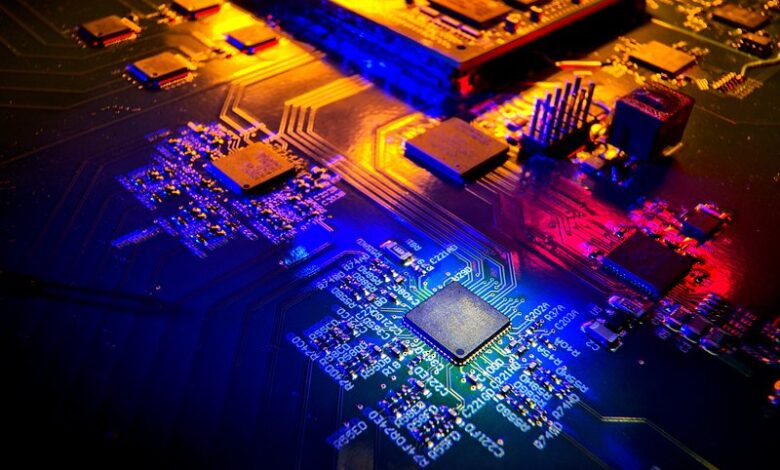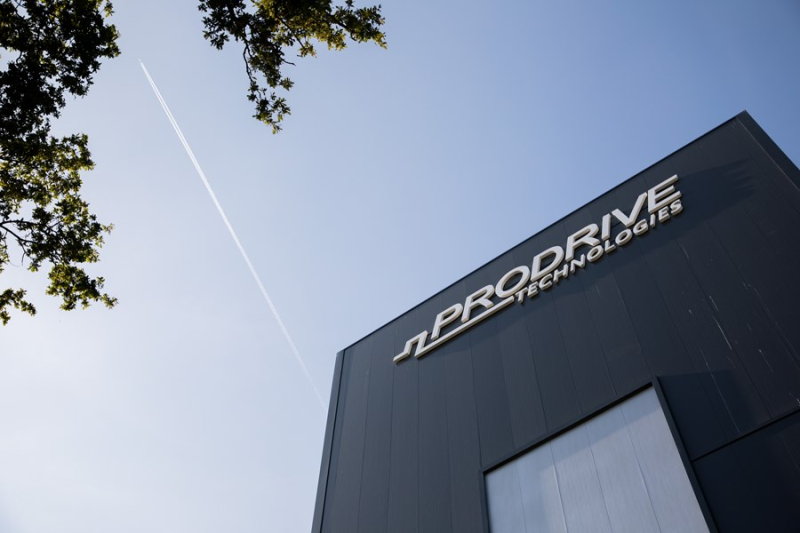Your cart is currently empty!
Electronics market in a two-speed reality, warns Trendforce
Shipments of consumer electronics devices such as smartphones, notebooks, wearables, and TVs will be flat or shrinking, weighed down by high inflation, geopolitical uncertainty, and the absence of breakthrough features, according to market research by Trendforce. Shipments of smartphones and notebooks are set to grow just 1–2 percent, TVs will fall by 1.1 percent, and wearables will contract by 2.8 percent. The slowdown is expected to deepen in 2026, with most consumer categories barely moving. Even the biggest growth driver of the past two years – AI servers – will start tapering.

This pattern echoes observations from Future Horizons’ CEO Malcolm Penn in the semiconductor sector. In June, he cautioned that the semiconductor sector’s apparent recovery is an illusion built on rising average selling prices, not real unit growth. Penn argued that AI infrastructure demand—especially for GPUs and high-bandwidth memory — has been masking a recession in the rest of the chip market, with inventories still high, utilization rates weak, and shipments far below trend.
Trendforce notes that front-loading of orders in early 2025, partly to dodge potential US tariffs and take advantage of Chinese subsidies, will boost first-half figures but risks leaving the year’s end with depleted demand and high inventories. AI server shipments are still forecast to climb over 20 percent year-on-year in 2025, but the concentration of capital spending on Nvidia’s top GPUs and custom ASICs is squeezing budgets for other server categories. Without a killer AI-enabled consumer product or a fresh wave of technological breakthroughs, both analyst firms see the industry drifting into a low-growth consolidation phase where AI’s gains are not enough to lift the broader market.

